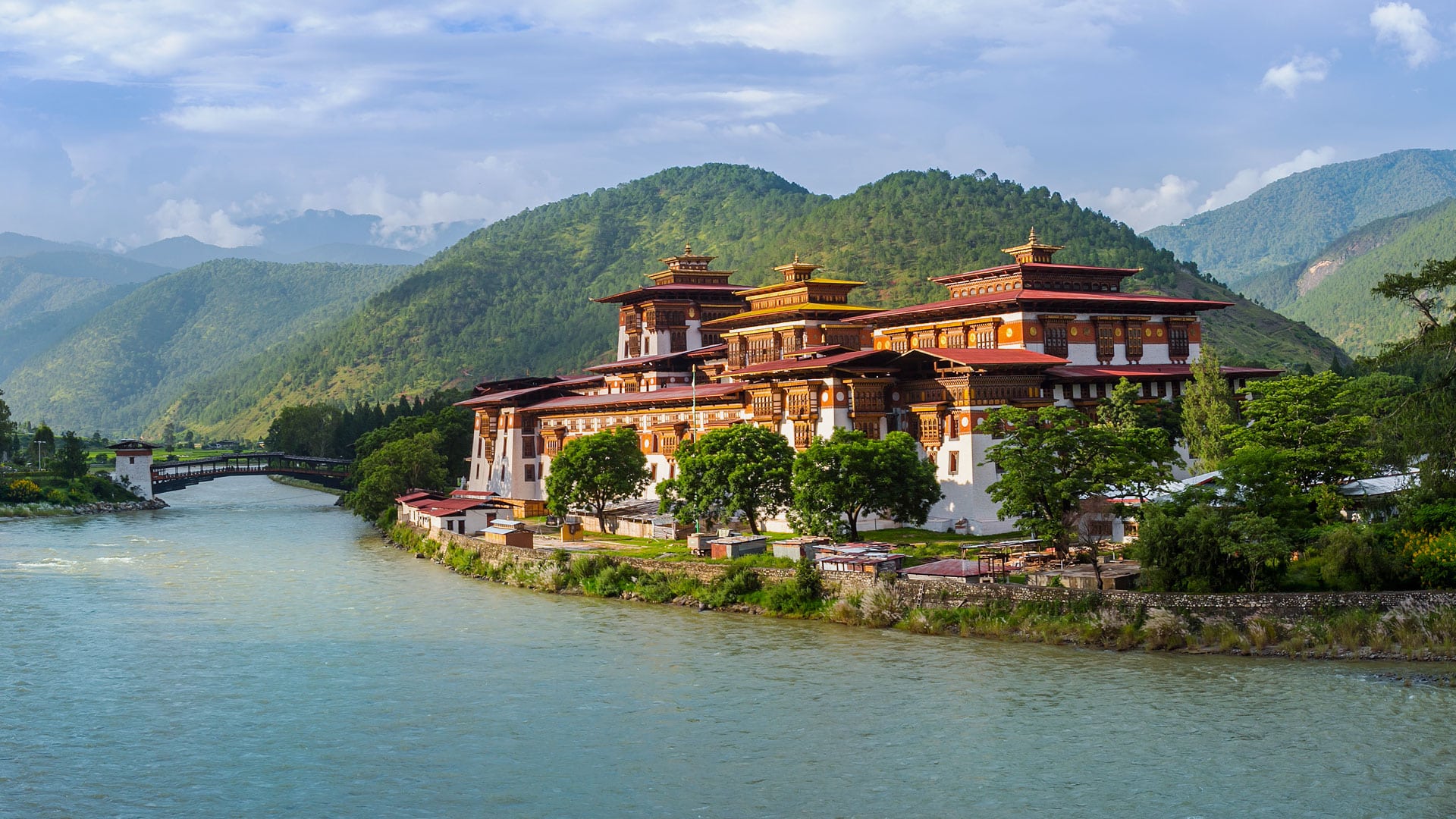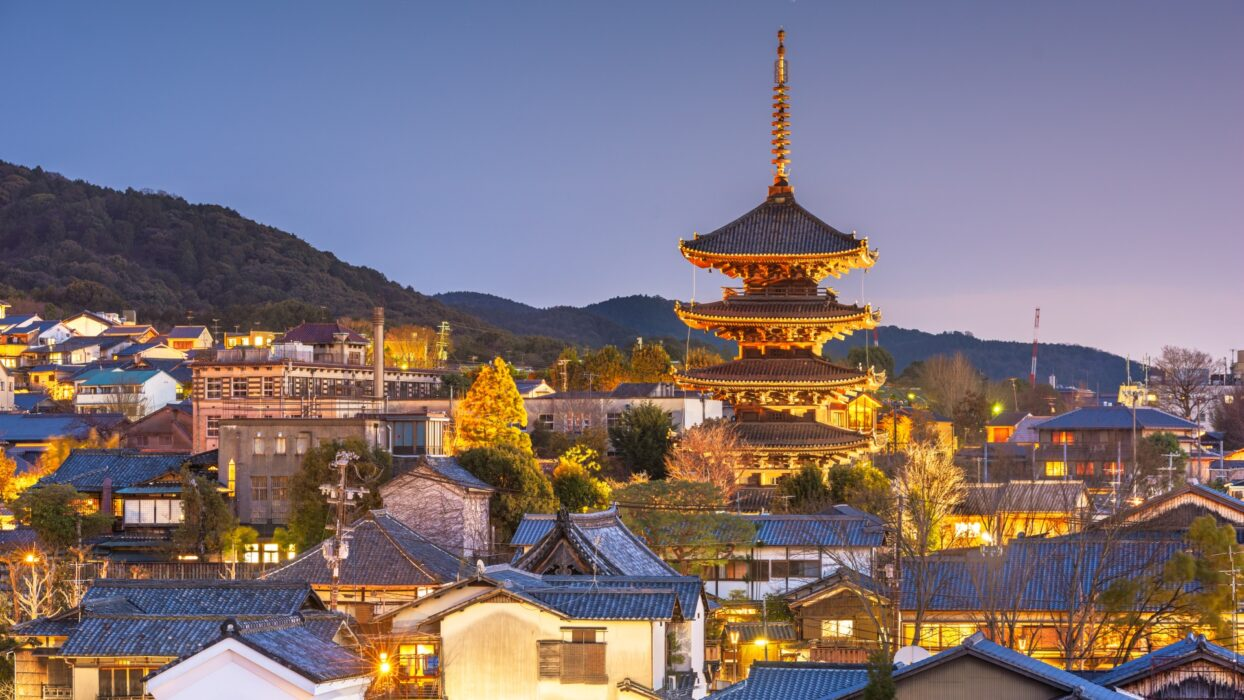Nestled at the confluence of the Pho Chhu and Mo Chhu rivers, Punakha Dzong stands as one of Bhutan’s most majestic and historically significant landmarks. Often referred to as the “Palace of Great Happiness,” this 17th-century fortress-monastery is not only a masterpiece of Bhutanese architecture but also a symbol of the nation’s cultural and spiritual identity. Visiting Punakha Dzong offers travelers a profound glimpse into Bhutan’s rich heritage and monastic traditions.
Punakha Dzong has served as the administrative center of Bhutan for centuries and is still the winter residence of the country’s chief abbot and the monastic body. Each spring, the dzong comes alive with the Punakha Tshechu, a vibrant religious festival featuring mask dances, rituals, and storytelling performed by monks in ornate costumes. The structure itself is a marvel—constructed without nails, using traditional techniques passed down through generations, it remains a resilient symbol of Bhutanese craftsmanship and devotion.
What sets Punakha Dzong apart from other heritage sites is its integration with daily Bhutanese life. It’s not just a monument; it’s an active spiritual and cultural hub. Travelers who visit with respect and curiosity often describe it as a transformative experience—where the ancient past and living present merge in harmony. For those seeking authentic cultural heritage travel, Punakha Dzong is not to be missed.




